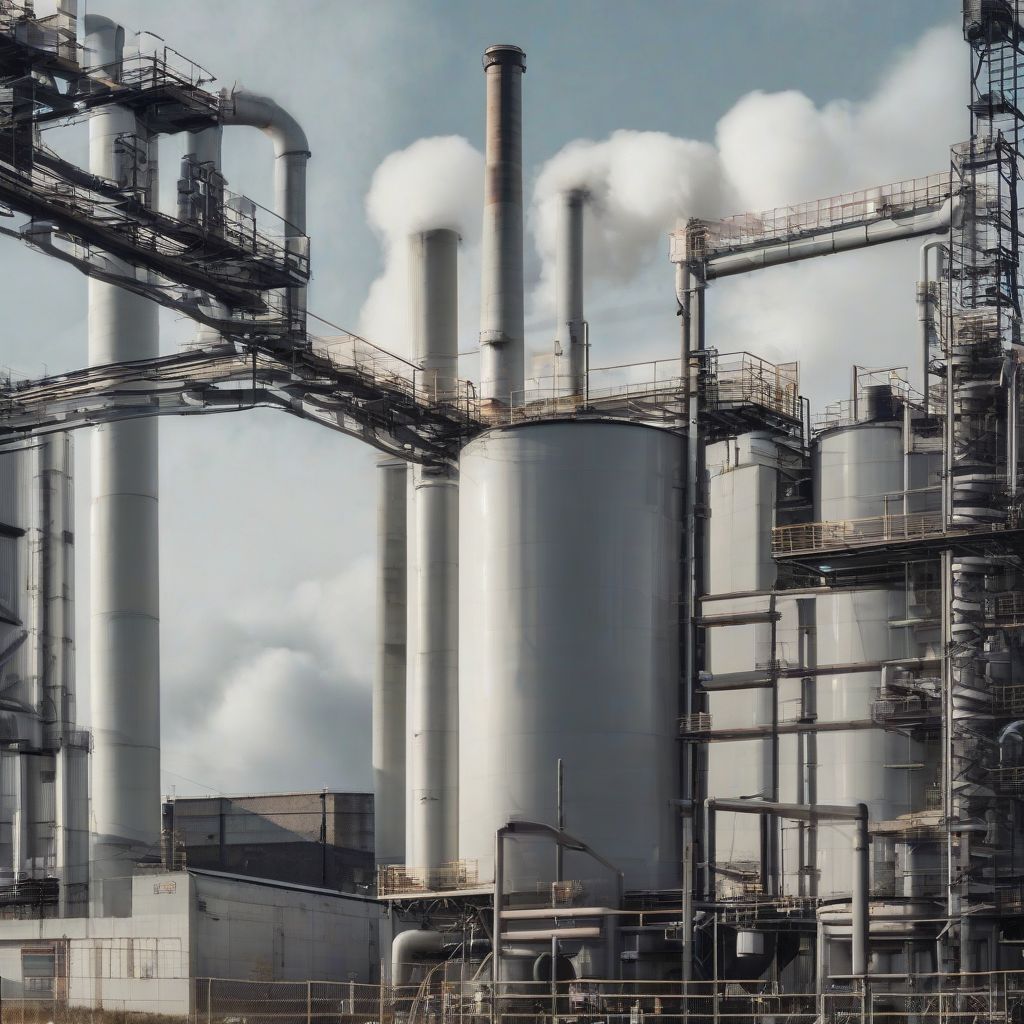Industrial Safety and Supply: A Deep Dive into Critical Infrastructure
The energy and gas sectors form the backbone of modern society, powering homes, fueling industries, and driving economic growth. Ensuring the safe and reliable supply of these resources is paramount, making “Industrial Safety And Supply” not just a buzzword, but a critical concern with far-reaching implications.
Understanding the Stakes: Why Industrial Safety And Supply Matters
“Industrial safety and supply” encompasses the procedures, regulations, and best practices designed to guarantee the secure and efficient delivery of energy and gas resources while prioritizing the well-being of workers and the environment. Let’s delve into why this concept is so crucial:
- Economic Stability: Uninterrupted energy and gas supplies are essential for industries to operate, produce goods, and maintain employment rates. Disruptions can lead to financial losses, supply chain bottlenecks, and economic downturn.
- Public Safety: Accidents in the energy and gas sectors can have catastrophic consequences, including fires, explosions, and the release of hazardous materials. Robust safety protocols are essential to protect workers, communities, and the environment.
- Environmental Responsibility: The extraction, processing, and transportation of energy and gas resources can impact the environment. Stringent safety measures help minimize these impacts, preventing spills, leaks, and emissions.
Navigating the Complexities: Common Questions About Industrial Safety And Supply
What are the key regulations governing industrial safety in the energy and gas sectors?
The energy and gas industries are heavily regulated to ensure safety and environmental protection. Key regulations include:
- OSHA (Occupational Safety and Health Administration) standards: These regulations cover a wide range of workplace safety practices, from hazard communication and personal protective equipment to control of hazardous energy and emergency response plans.
- Pipeline and Hazardous Materials Safety Administration (PHMSA) regulations: These regulations specifically address the safety of pipelines transporting oil, gas, and other hazardous liquids, encompassing design, construction, operation, and maintenance.
- Environmental Protection Agency (EPA) regulations: The EPA sets standards for air and water quality, waste management, and the handling of hazardous substances, impacting various aspects of the energy and gas supply chain.
What are some of the latest technologies being used to enhance industrial safety?
The industry is constantly evolving to adopt cutting-edge technologies that bolster safety:
- Internet of Things (IoT) sensors: These sensors can monitor equipment health in real-time, detecting anomalies, predicting potential failures, and enabling proactive maintenance to prevent accidents.
- Drones and robotics: Drones equipped with cameras and sensors can inspect pipelines and infrastructure in remote or hazardous locations, improving safety and efficiency. Robots can be deployed for tasks involving high risk, reducing human exposure to danger.
- Advanced data analytics: By analyzing vast amounts of data from sensors, inspections, and other sources, companies can identify patterns, predict risks, and optimize safety protocols.
How can companies create a strong safety culture within their organizations?
Cultivating a proactive safety culture is paramount. Key elements include:
- Leadership commitment: Top-down commitment to safety, with management actively demonstrating and promoting safe practices.
- Employee engagement: Empowering employees at all levels to actively participate in safety programs, report hazards, and contribute to solutions.
- Continuous improvement: Regularly reviewing and updating safety protocols, incorporating lessons learned from incidents and near misses.
Looking Ahead: Trends Shaping the Future of Industrial Safety And Supply
- Increased focus on cybersecurity: As energy and gas infrastructure becomes more interconnected through digital technologies, protecting these systems from cyber threats is crucial to prevent disruptions and ensure operational safety.
- Growing emphasis on sustainability: The industry is facing increasing pressure to reduce its environmental footprint. This includes adopting cleaner technologies, reducing emissions, and embracing sustainable practices throughout the supply chain.
- Skills gap and workforce development: Attracting and retaining a skilled workforce is vital. Companies need to invest in training programs and educational initiatives to bridge the skills gap and prepare the next generation of industry professionals.
Conclusion
“Industrial safety and supply” is not merely a set of regulations; it represents a commitment to protecting people, the planet, and economic prosperity. By embracing a proactive approach to safety, leveraging innovative technologies, and fostering a culture of continuous improvement, the energy and gas sectors can continue to power our world safely and responsibly.


Leave a Comment